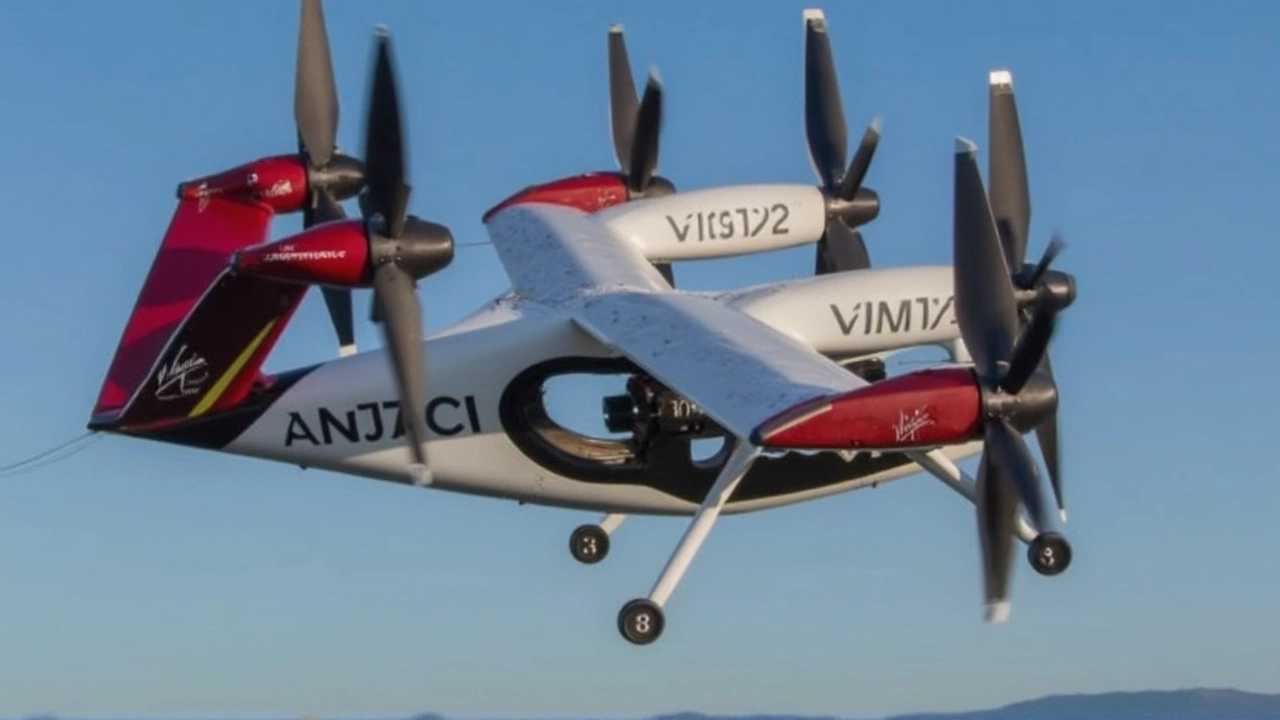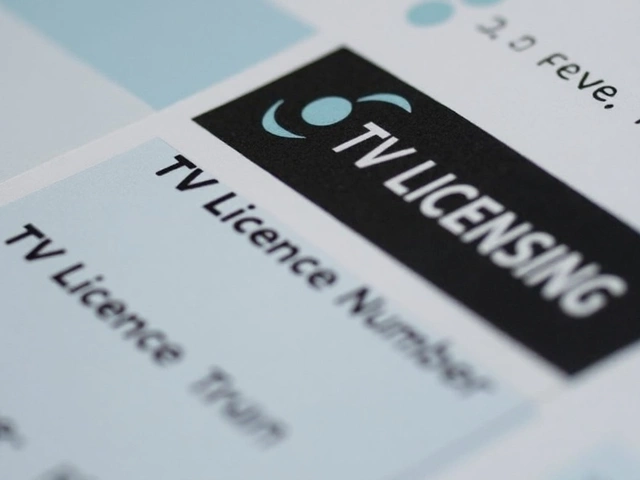Electric Air Taxi: What You Need to Know
Imagine hopping on a small electric plane at a city vertiport and soaring over traffic jams to land a few miles away in minutes. That’s the promise of electric air taxis, also called eVTOLs (electric vertical take‑off and landing aircraft). They’re not sci‑fi gadgets; companies are building and testing them right now, and a few pilots are already scheduled for commercial routes.
Why should you care? If you live in a busy city, an air taxi could cut a 30‑minute drive down to a 5‑minute flight. It also means less noise and zero emissions compared to traditional helicopters. For commuters, tourists, and emergency services, the benefits add up quickly.
How Electric Air Taxis Work
At the core of an electric air taxi is a lightweight frame and multiple electric rotors. The rotors spin fast enough to lift the craft straight up, hover, and then transition to forward flight. Because they run on batteries, the aircraft can be charged overnight just like an electric car.
The batteries are the biggest challenge. Most prototypes can travel 150‑250 km on a single charge, which is plenty for short city hops. Engineers are constantly improving energy density, so future models will go farther and carry more passengers.
Control systems are largely autopilot‑based. Pilots still oversee the flight, but the aircraft can handle take‑off, landing, and obstacle avoidance automatically. That reduces training time and makes the service cheaper for operators.
What to Expect in the Next Few Years
Regulators are already drafting rules for eVTOL operations. Expect to see certified vertiports popping up near airports, hospitals, and business districts. Early routes will likely focus on high‑density corridors—think downtown to the financial district or a stadium on game day.
Pricing will start higher than a taxi ride but drop as the fleet grows and battery costs fall. Some companies aim for a $50‑$80 price tag for a 15‑minute trip, which could become competitive with premium rideshare options.
Safety is a top priority. Redundant motors, fail‑safe software, and rigorous testing are standard in the industry. In the event of a power loss, the craft can glide down safely or use a parachute system.
For now, you can sign up for newsletters from firms like Volocopter, Joby, and Archer to get updates on launch dates in your city. Keep an eye on local government announcements about vertiport permits—those are the green lights that tell you when a service is about to start.
Bottom line: electric air taxis are moving from prototype labs to real‑world streets. They promise faster, greener, and quieter travel, especially for short urban trips. If you’re curious about the next step in city transport, start watching the sky—you might see a quiet electric whir soon enough.
Kieran Lockhart, Mar, 22 2025
Joby and Virgin Atlantic Team Up for UK's First Zero-Emission eVTOL Taxi Service
Joby Aviation and Virgin Atlantic are joining forces to bring electric air taxis to the UK, eyeing zero-emission, short-range travel routes like Manchester to Leeds. The partnership aims at replacing earlier agreements Virgin had with Vertical Aerospace and is exclusive for five years post-launch. Joby's tech promises a quieter, faster travel experience with a focus on sustainability.
View More




